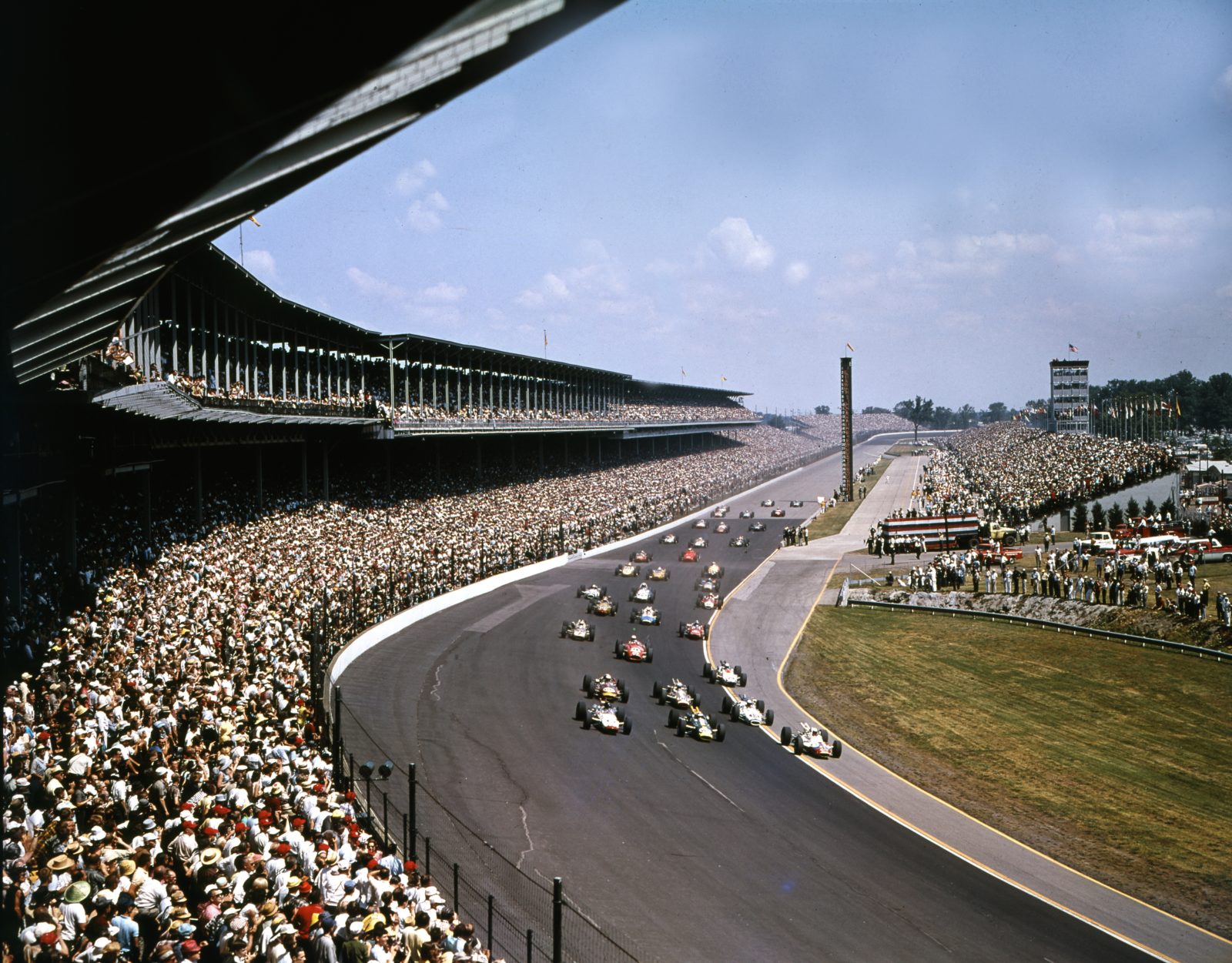Indy 500: the oldest and fastest race in the world
04 November 2023 3 min read 4 images

Photo credit: IMS Photo, Borg Warner, Phillip Abbott
In 1910, one year after the birth of the Indianapolis Motor Speedway, a decision was made to pave the entire track with over three million 10-pound (4.5 kg) bricks. This move was undoubtedly a statement of intent to continue the announced 500-mile race for many years to come. However, it wasn’t the most practical choice in case of rain, given the slippery nature of wet bricks. One might wonder if the American tradition of not racing in the rain – a tradition that is gradually fading away – is partly due to the decision to use a surface that’s far from ideal when wet.
Register to unlock this article
Signing up is free and gives you access to hundreds of articles and additional benefits. See what’s included in your free membership. See what's included in your free membership.
Already have an account? Log In


